Articles > Geography
Trying the top The Largest Cities In Ohio cities on US State Largest Cities – Choose State & Number? Here are the top 10 to get you started.
1. Columbus, OH (Population: 913,175)

Columbus, the capital and largest city of Ohio, is a vibrant hub of education, government, and culture. It’s home to The Ohio State University, one of the largest universities in the country, whose influence permeates the city through research, sports, and innovation. Columbus has a growing tech sector, a thriving arts community, and a strong emphasis on diversity and inclusivity. Its neighborhoods, from German Village to the Short North Arts District, showcase a blend of historic charm and modern creativity. The Scioto Mile, a riverfront park system, has revitalized downtown with green spaces, trails, and entertainment.
Interesting Fact: Columbus is named after Christopher Columbus and was specifically chosen as the state capital for its central location.
2. Cleveland, OH (Population: 362,656)
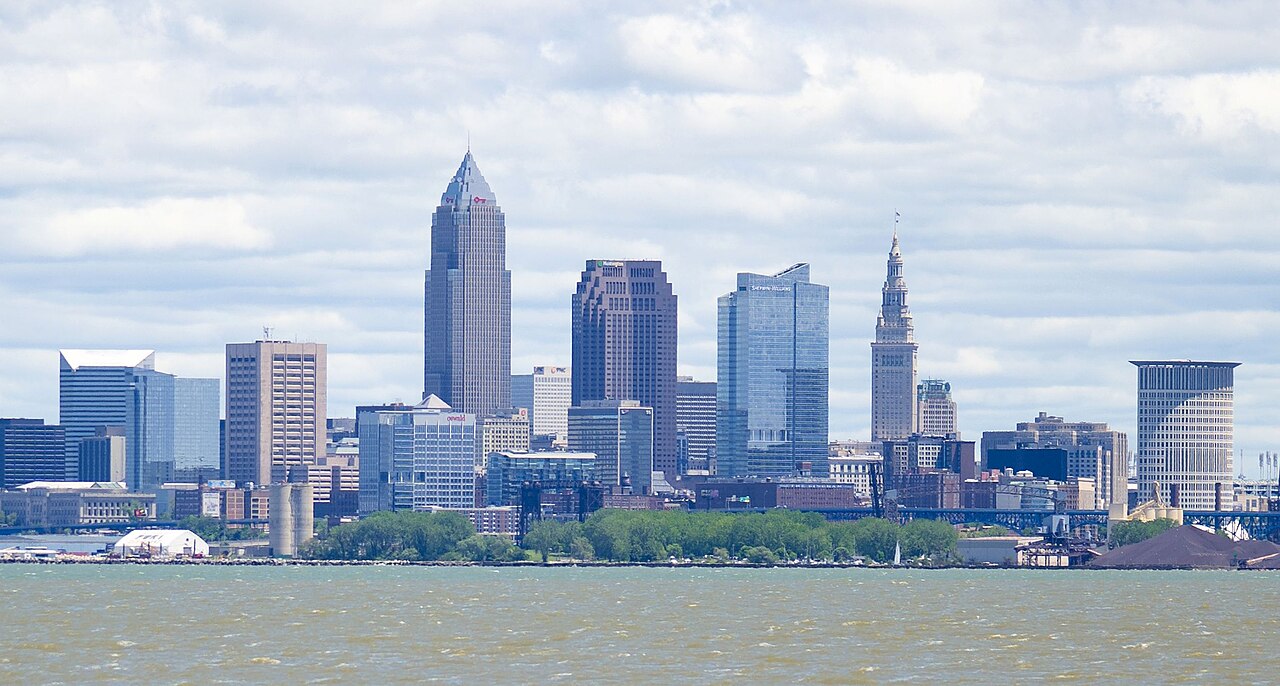
Cleveland, located on the southern shore of Lake Erie, is known for its industrial history and cultural contributions. Once a manufacturing powerhouse, the city has reinvented itself through healthcare, education, and tourism. The Cleveland Clinic is one of the world’s leading medical centers, while the Rock and Roll Hall of Fame celebrates the city’s pivotal role in music history. Cleveland boasts a passionate sports fanbase with the Browns, Cavaliers, and Guardians. Its lakefront, revitalized neighborhoods, and cultural institutions like the Cleveland Museum of Art make it a dynamic city.
Interesting Fact: Cleveland is credited with popularizing the term “Rock and Roll,” thanks to local DJ Alan Freed in the 1950s.
3. Cincinnati, OH (Population: 311,097)

Cincinnati, situated along the Ohio River, is known for its historic architecture, cultural diversity, and thriving arts scene. The city’s Over-the-Rhine district features one of the largest collections of 19th-century buildings in the country. Cincinnati is home to major sports teams like the Bengals and Reds, as well as the Cincinnati Symphony and the Cincinnati Art Museum. Its culinary claim to fame is Cincinnati chili, a unique local specialty. With Fortune 500 companies headquartered here and a strong entrepreneurial spirit, the city balances tradition with modern growth.
Interesting Fact: Cincinnati is nicknamed the “Queen City” and was once the largest city in the Midwest during the 19th century.
4. Toledo, OH (Population: 265,304)

Toledo, located along the Maumee River near Lake Erie, is historically known as the “Glass City” for its prominence in glass manufacturing. Today, Toledo combines its industrial roots with cultural attractions like the Toledo Museum of Art and Toledo Zoo, both nationally recognized institutions. The city also has a growing health and education sector anchored by the University of Toledo. Its location near the lake provides access to water recreation, while its downtown continues to undergo revitalization projects.
Interesting Fact: Toledo’s glassmaking industry helped produce innovations ranging from windshields to art glass, cementing its global reputation.
5. Akron, OH (Population: 188,701)

Akron, located in northeastern Ohio, is best known as the “Rubber Capital of the World.” The city’s legacy is tied to tire and rubber production, with companies like Goodyear headquartered here. While manufacturing has declined, Akron has transitioned into healthcare, research, and education, with institutions like Akron Children’s Hospital and the University of Akron leading the way. Its downtown has seen growth in cultural offerings and community spaces. Surrounded by scenic areas like the Cuyahoga Valley National Park, Akron offers both industry and natural beauty.
Interesting Fact: Akron was the first city in the U.S. to adopt a police car in 1899.
6. Dayton, OH (Population: 135,512)
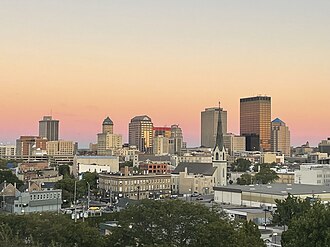
Dayton, located in western Ohio, is internationally recognized as the birthplace of aviation. The Wright brothers, pioneers of flight, lived and worked here, and the city continues to honor their legacy through the National Museum of the U.S. Air Force. Dayton has long been a center of innovation, holding more patents per capita than nearly any other U.S. city. Today, it remains strong in aerospace, defense, and healthcare industries. Dayton’s affordable cost of living and rich cultural assets make it an appealing place to live.
Interesting Fact: Dayton’s Wright-Patterson Air Force Base is one of the largest and most important in the nation.
7. Parma, OH (Population: 78,951)

Parma, a suburb of Cleveland, is known for its strong sense of community and cultural heritage. It has long been home to large Polish and Eastern European populations, reflected in local festivals, shops, and churches. Parma balances suburban living with access to Cleveland’s amenities, offering parks, schools, and a variety of housing options. The city maintains a focus on community pride and continues to be a popular residential choice in northeastern Ohio.
Interesting Fact: Parma is famous for its polka music scene and Eastern European food traditions.
8. Canton, OH (Population: 69,197)
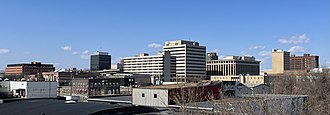
Canton, located in northeast Ohio, is best known as the birthplace of the National Football League. Today, it is home to the Pro Football Hall of Fame, which attracts visitors from across the world. Canton’s history includes a strong industrial base, particularly in steel production. While the economy has shifted, the city has expanded into healthcare, education, and tourism. Canton also has a lively arts scene, bolstered by its downtown arts district.
Interesting Fact: Canton hosted the first official NFL meeting in 1920, where the league was founded.
9. Lorain, OH (Population: 65,337)
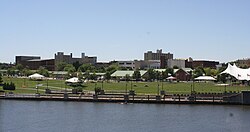
Lorain, situated on Lake Erie, is a diverse and historic city with a legacy tied to steel production and shipbuilding. Known as the “International City” for its immigrant populations, Lorain has been shaped by cultures from around the globe. Today, Lorain’s economy continues to diversify, while its lakefront offers recreational opportunities and events like the Lorain International Festival. Its affordability and cultural heritage make it a unique part of Ohio’s landscape.
Interesting Fact: Lorain is home to the historic Lorain Lighthouse, one of the most photographed landmarks on Lake Erie.
10. Hamilton, OH (Population: 62,997)
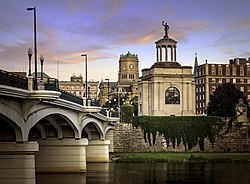
Hamilton, located north of Cincinnati, is known for its industrial history and more recently for its focus on arts and culture. Once a center for manufacturing, Hamilton has embraced a new identity as the “City of Sculpture,” with dozens of public art installations throughout downtown. Revitalization projects have brought new life to the city, with a growing number of restaurants, breweries, and cultural attractions. Hamilton also benefits from its proximity to Cincinnati’s larger metro area.
Interesting Fact: Hamilton officially changed its name to “Hamilton!” in 1986 in an effort to attract tourism and attention.




